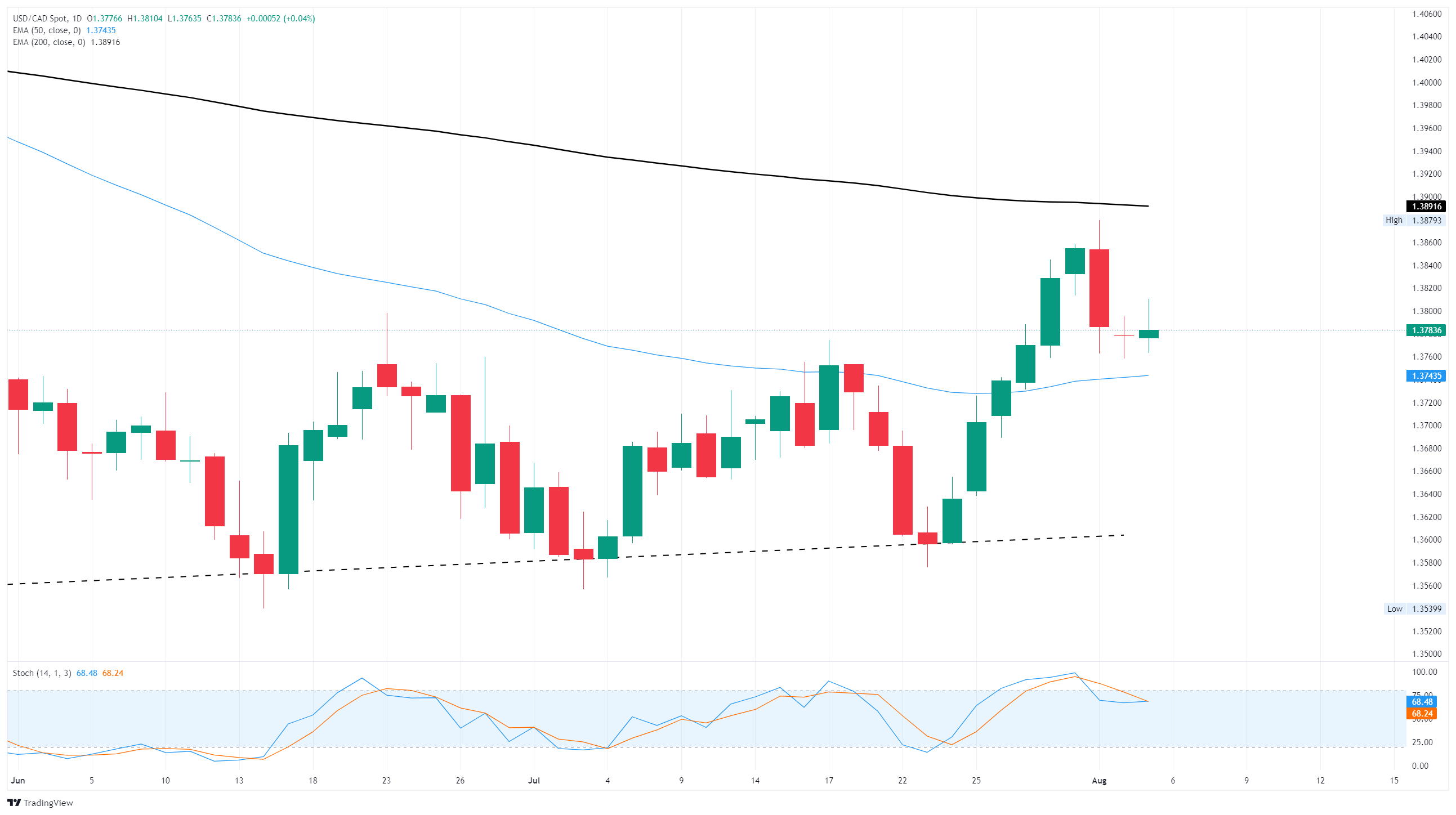Canadian PM Carney promises support for Canadian lumber industry
Canadian Prime Minister Mark Carney announced on Tuesday that the Canadian government would extend favorable loan guarantees to the Canadian softwood lumber industry, which is grappling with tariff impacts that are dragging down exports to the US.
Key highlights
Canadian PM Carney announced that his government would be providing up to CAD $700M in loan guarantees to the Canadian softwood lumber industry, which has been facing a sharp decline as exports to the US market dry up thanks to steep commodity tariffs imposed by the Trump administration.
PM Carney stated that while his government is still willing to seek a deal with the US and the Trump team, he noted that over 85% of Canada-US trade remains effectively tariff-free. Most trade between Canada and the US is already covered by the "USMCA" agreement that Donald Trump personally negotiated during his first term as a follow-up to the long-standing North American Free Trade Agreement (NAFTA), which covered more trade than the USMCA for half of the effort.
Prime Minister Carney wrapped up by stating that he would speak with Trump personally "when it makes sense", signaling that Canada is not in a rush to renegotiate with Trump over his own trade deals on a cyclical basis.
Market reaction
Canadian Dollar (CAD) markets remain largely unmoved on the statements, with the Loonie treading water as investors await meaningful developments on trade and economic data.
USD/CAD daily chart

Tariffs FAQs
Tariffs are customs duties levied on certain merchandise imports or a category of products. Tariffs are designed to help local producers and manufacturers be more competitive in the market by providing a price advantage over similar goods that can be imported. Tariffs are widely used as tools of protectionism, along with trade barriers and import quotas.
Although tariffs and taxes both generate government revenue to fund public goods and services, they have several distinctions. Tariffs are prepaid at the port of entry, while taxes are paid at the time of purchase. Taxes are imposed on individual taxpayers and businesses, while tariffs are paid by importers.
There are two schools of thought among economists regarding the usage of tariffs. While some argue that tariffs are necessary to protect domestic industries and address trade imbalances, others see them as a harmful tool that could potentially drive prices higher over the long term and lead to a damaging trade war by encouraging tit-for-tat tariffs.
During the run-up to the presidential election in November 2024, Donald Trump made it clear that he intends to use tariffs to support the US economy and American producers. In 2024, Mexico, China and Canada accounted for 42% of total US imports. In this period, Mexico stood out as the top exporter with $466.6 billion, according to the US Census Bureau. Hence, Trump wants to focus on these three nations when imposing tariffs. He also plans to use the revenue generated through tariffs to lower personal income taxes.






